| Venus |
| HOME Best Lunar Planets Deepsky Misc Equipment Techniques Links |
| Venus Mars Jupiter Saturn |
Due to its position between Earth and the sun Venus shows phases similar to the moon. The shape of the planet depends on the relative positions of Earth and Venus with the sun, and as the shape changes so does the size (and consequently the apparent brightness). 
The images here show a sequence from the end of February, 2004 as Venus moves closer to the sun (as seen from Earth) until 22 May, just before the transit of June 8th, when it will lie exactly between us and the sun, and will be seen to cross the face of the sun (for more details see http://www.transitofvenus2004.org.uk/). My pictures of the transit are on this page. The changing shape and size is made obvious -- All these pictures are at the same scale and were all taken with my 114mm reflector through a Philips TouCam Pro with a 2x Barlow lens. Below are the full-sized pictures. Beside each picture is a plan of the inner solar system centred on Earth, Courtesy NASA/JPL-Caltech Solar System Simulator at http://space.jpl.nasa.gov/. This shows how the positions vary as Venus and Earth move in their orbits around the sun. CLICK EACH VENUS IMAGE TO SEE THE NASA SIMULATOR VIEW OF VENUS The NASA Images of Venus appear to be upside down. This is because Venus's rotation is retrograde, that is, backwards when compared with the other planets of the solar system. Since North is defined by the direction of a planet's rotation, according to the International Astronomy Union, and the standard orientation for planetary pictures is with North up, these pictures appear to be upside down. Another explanation can be found on the Nasa science news website, here. |

|
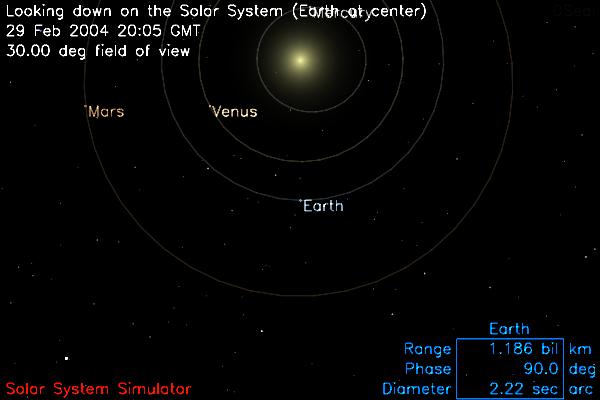
|
|||
| to top | home | |||

|

|
|||
| to top | home | |||

|
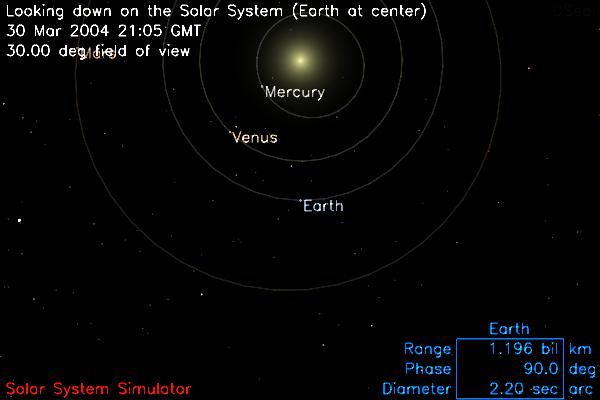
|
|||
| to top | home | |||
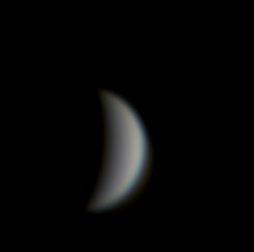
|

|
|||
| to top | home | |||
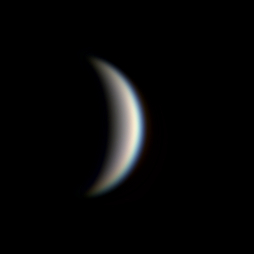
|
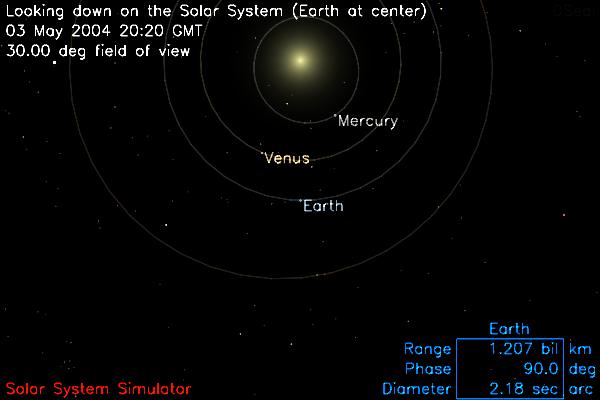
|
|||
| to top | home | |||
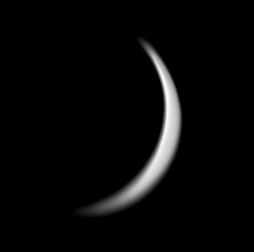
|
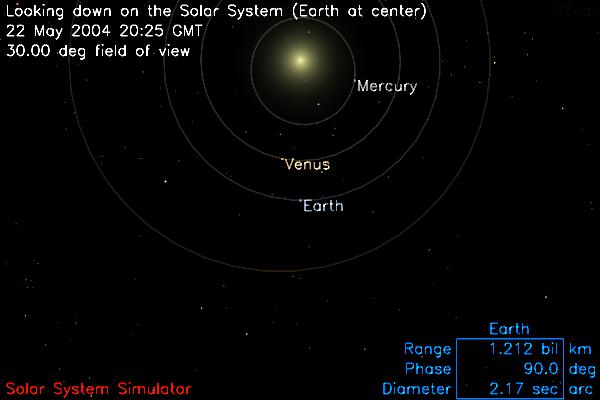
|
|||
| to top | home | |||
 |
||||
| All text and images copyright and may not be used without permission |
||||